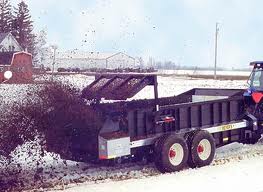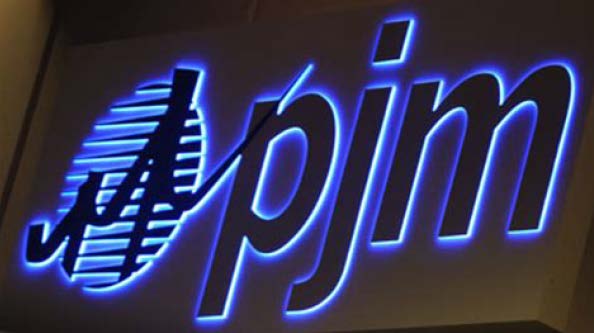Wisconsin SB 1086 – Solar on sand mines
April 11th, 2022
Wisconsin folks, call your legislators! Support this bill!
https://legis.wisconsin.gov/
Why? Wisconsin has a “brownfield” bill, but Public Service Commissioners IGNORE the requirement that energy infrastructure be built on brownfields:
(d) Except as provided under par. (e), the commission shall approve an application filed under par. (a) 1. for a certificate of public convenience and necessity only if the commission determines all of the following:
8. For a large electric generating facility, brownfields, as defined in s. 238.13 (1) (a), are used to the extent practicable.
Despite this clear requirement, they acknowledge it, laugh about it, and dismiss it without consideration, and instead site on prime and protected agricultural land.
So YES! This, something I’ve been advocating for, for YEARS!
NextEra subsidiary “convicted” after eagle deaths
April 7th, 2022

A wind energy company has pleaded guilty after killing at least 150 eagles
What’s really odd about this is that most of the projects that I’ve been dealing with in permitting have secured eagle take permits — I thought. In this case, NextEra seems as a policy not to have take permits. HUH?
I am remembering resistance to developers answering questions about eagle take permits, and I think that it comes down to whether USFWS requires them to get one.
Here’s USFWS info on eagle permits here in the Midwest – it appears that there are only three eagle take permits issued for Minnesota wind projects, Red Pine, Getty/Black Oak, and Pleasant Valley/Grand Meadow:
Midwest Region- NEPA Documents for Eagle Permits
This seems to say that there are only FIVE eagle take permits? Here’s the application for one project that I’d worked on:
Black Oak/Getty Wind Farm Eagle Take Permit Application
For the Freeborn Wind project, we entered information about locations of nests and photos of eagles foraging, nests and foraging territory being, supposedly, two criteria examined in siting of wind projects and consideration of need for take permits:
See Freeborn Wind ALJ Recommendation, and search for “eagle” in the Recommendation.
Methinks this will have significant impact, but sentencing a company to probation — but how does that work?
2021 PJM State of Market Report
March 10th, 2022
Here it is:
PJM 2021 State of the Market Report
Note that where NERC does not project a significant decrease in coal production, PJM’s coal generation increased from 2020 to 2021 (now we do need to keep in mind that 2020 was a very low demand year):
Here’s an overall summary:
The big takeaway is that demand has increased over 2020, which is no surprise. Note the “Average Hourly Load” and “Average Hourly Generation” and compare with “Installed Capacity.” Capacity is essentially twice Average Hourly Load and Average Hourly generation (and note exports and imports are included).
And just for shits and giggles, here’s the PJM LOCATIONAL MARGINAL PRICING MAP!
And here’s MISO’s too:
MISO LMP Map
What it looks like right now in MISO:
Minn. R. ch 7849 & 7850 Rulemaking? DEAD!
March 1st, 2022

Over nine years, and how many of those years going to St. Paul for meetings, how many hours of editing and commenting, of group meetings to go over changes, proposed suggestions, meaningful public participation…

Well, here’s the Minnesota Public FUtilities Commission in action:


Xcel Peak Demand DOWN again
February 23rd, 2022

Xcel Energy’s SEC 10-K is out for 2021:
… and of course, peak demand remains DOWN from the 9,859 high in 2007:










